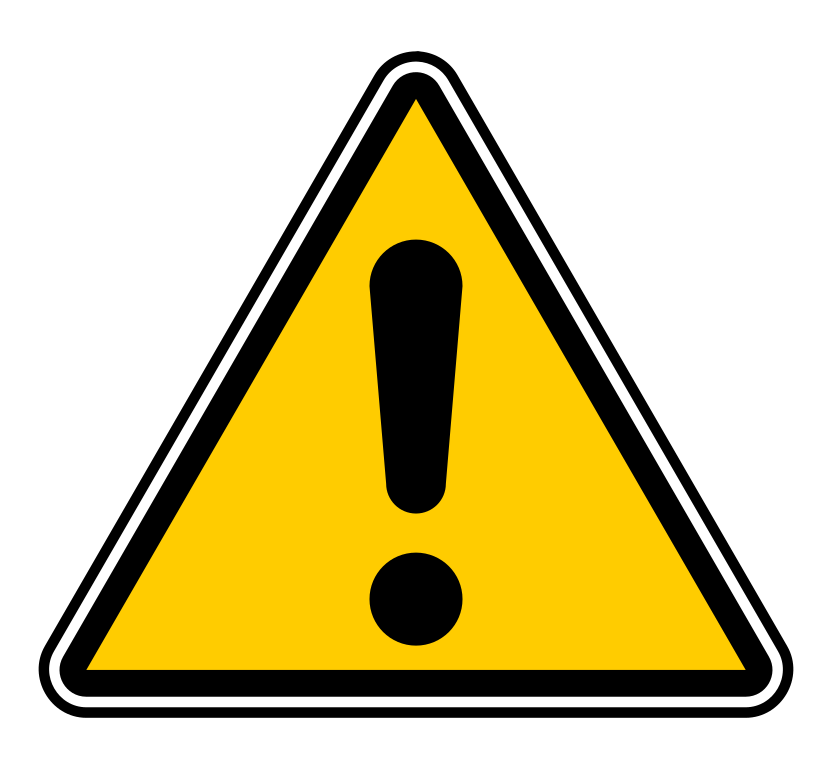According to the definition of these services in
CPT® 2023 Professional Edition, published by the American Medical Association, TCM services “are for a new or established patient whose medical and/or psychosocial problems require moderate or high complexity medical decision making during transitions in care from an inpatient hospital setting (including acute hospital, rehabilitation hospital, long-term acute care hospital), partial hospital, observation status in a hospital, or skilled nursing facility to the patient’s community setting (home, domiciliary, rest home, or assisted living).”
Medicare will prohibit billing a discharge day management service on the same day that a required E/M visit is furnished under the CPT TCM codes for the same patient. That is, you cannot count an E/M service as both a discharge day service and the first E/M under the TCM codes.
When reporting CCM or TCM codes, you will only get reimbursed for what is allowed. The E/M office visits can be coded in addition but are not interchangeable with CCM codes. You can bill an E/M visit during the time a patient is under Care Management, however, you can’t count time spent with the patient toward the CCM service if it is counted toward E/M. The time cannot be counted twice.
“Beginning CY 2022, RHCs and FQHCs can bill CCM and TCM services for the same patient during the same time period”
Please refer to MLN -Chronic Care Management Services for more information.
https://www.cms.gov/outreach-and-ed...nproducts/downloads/chroniccaremanagement.pdf
TCM services billing tips:
● Only 1 physician or NPP may report TCM services.
● Report services once per patient during the TCM period.
● The same health care professional may discharge the patient from the hospital, report hospital or
observation discharge services, and bill TCM services. The required face-to-face visit can’t take
place on the same day you report discharge day management services.
●
Report reasonable and necessary E/M services (except required face-to-face visit) to manage the
patient’s clinical issues separately.
● You can’t bill TCM services within a post-operative global surgery period (we don’t pay TCM
services if any of the 30-day TCM period falls within a global surgery period for a procedure code
billed by the same practitioner).
● At a minimum, document this information in the patient’s medical record:
● Patient discharge date
● Patient or caregiver first interactive contact date
● Face-to-face visit date
● Medical complexity decision making (moderate or high)
A brief overview of the codes shows three key requirements:
99495
Transitional care management services with the following required elements:
- Communication (direct contact, telephone, electronic) with the patient and/or caregiver within 2 business days of discharge
- Medical decision making of at least moderate complexity during the service period
- Face-to-face visit, within 14 calendar days of discharge
99496
Transitional care management services with the following required elements:
- Communication (direct contact, telephone, electronic) with the patient and/or caregiver within 2 business days of discharge
- Medical decision making of high complexity during the service period
- Face-to-face visit, within 7 calendar days of discharge
There are services that CANNOT be billed during the 30-day TCM period by the same provider because they are considered duplicative of the work performed for TCM. Such non-billable services include:
- Home healthcare oversight (G0181)
- Hospice care plan oversight (G0182)
- Care plan oversight (99339, 99340, 99374-99380)
- Chronic care coordination services (99439, 99487, 99489-99491)
- Prolonged services without direct patient contact (99358, 99359)
- Medical team conferences (99366-99368)
- Education and training (98960-98962, 99071, 99078)
- Telephone services (98966-98968, 99441-99443)
- End stage renal disease services (90951-90970)
- Online medical evaluation services (98970-98972)
- Preparation of special reports (99080)
- Medication therapy management services (99605-99607)
In 2013, CPT® introduced two new codes for transitional care management (TCM) that allowed healthcare providers to capture the significant amount of work Understand transitional care management (TCM) codes to ensure full and accurate reimbursement.

www.aapc.com
Split or shared E/M guidelines
On January 1 new Medicare evaluation and management (E/M) guidelines are now in effect regarding split or shared services. The
CMS IOM Pub. 100-04 Medicare Claims Processing Manual, Chapter 12, section 30.6.18 includes a detailed breakdown of the new split or shared guidelines. This article summarizes the new Medicare E/M guidelines for split or shared E/M services effective in 2022.
Critical care and other same-day E/M visits
Physicians in the same group who are in the same specialty must bill and be paid for services under the Physician Fee Schedule as though they were a single physician. If more than one E/M visit is provided on the same date to the same patient by the same physician, or by more than one physician in the same specialty in the same group, only one E/M service may be reported, unless the E/M services are for unrelated problems. Instead of billing separately, the physicians should select a level of service representative of the combined visits and submit the appropriate code for that level. This general policy is intended to ensure that multiple E/M visits for a patient on a single day are medically necessary and not duplicative.
However, in situations where a patient receives another E/M visit on the same calendar date as critical care services, both may be billed (regardless of practitioner specialty or group affiliation) as long as the medical record documentation supports: 1) that the other E/M visit was provided prior to the critical care services at a time when the patient did not require critical care, 2) that the services were medically necessary, and 3) that the services were separate and distinct, with no duplicative elements from the critical care services provided later in the day. Practitioners must use modifier -25 (same-day significant, separately identifiable E/M

www.novitas-solutions.com
Reporting Multiple Same-Day E/Ms
In some cases, a provider may perform more than 1 office or outpatient E/M service for a patient on the same day. New patient E/M codes 99201-99205 and established patient E/M codes 99211-99215 don’t state “per day” in their descriptors, but payer rules may prevent you from reporting more than 1 E/M code for a single patient on the same date of service.
For instance, Medicare will “not pay 2 E/M office visits billed by a physician (or physician of the same specialty from the same group practice) for the same beneficiary on the same day,” according to
Medicare Claims Processing Manual, Chapter 12, Section 30.6.7.B.
There is an exception to Medicare’s rule about reporting multiple office and outpatient E/M services on the same date, though. If the provider documents that the visits were for unrelated problems and the services could not be provided during the same encounter, then Medicare allows you to report separate E/M codes for the same date. The example the Medicare manual provides is a patient presenting for blood pressure medication evaluation and then returning 5 hours later for evaluation of leg pain following an accident.
To support reporting the services separately, experts advise maintaining distinct documentation for each service. You also will need to check payer preference for which modifier to append to the additional E/M code, such as modifier 25
Significant, separately identifiable evaluation and management service by the same physician or other qualified health care professional on the same day of the procedure or other service or modifier 59
Distinct procedural service.
If a provider sees the patient twice on the same day for related problems, and the payer doesn’t allow you to report those services separately, then you should combine the work performed for the 2 visits, and select a single E/ M service code that best describes the combined service. For example, if a patient comes in with elevated blood pressure, the physician may give the patient medication and then have her come back later that day to see how she is doing. In this case, because the visits are for the same complaint, you should combine the work performed for the 2 visits into a single E/M code.
Select the appropriate E/M service level based on medical necessity and the documentation of the key components of history, exam, and medical decision making.

www.aapc.com



